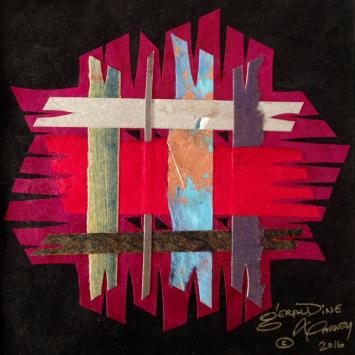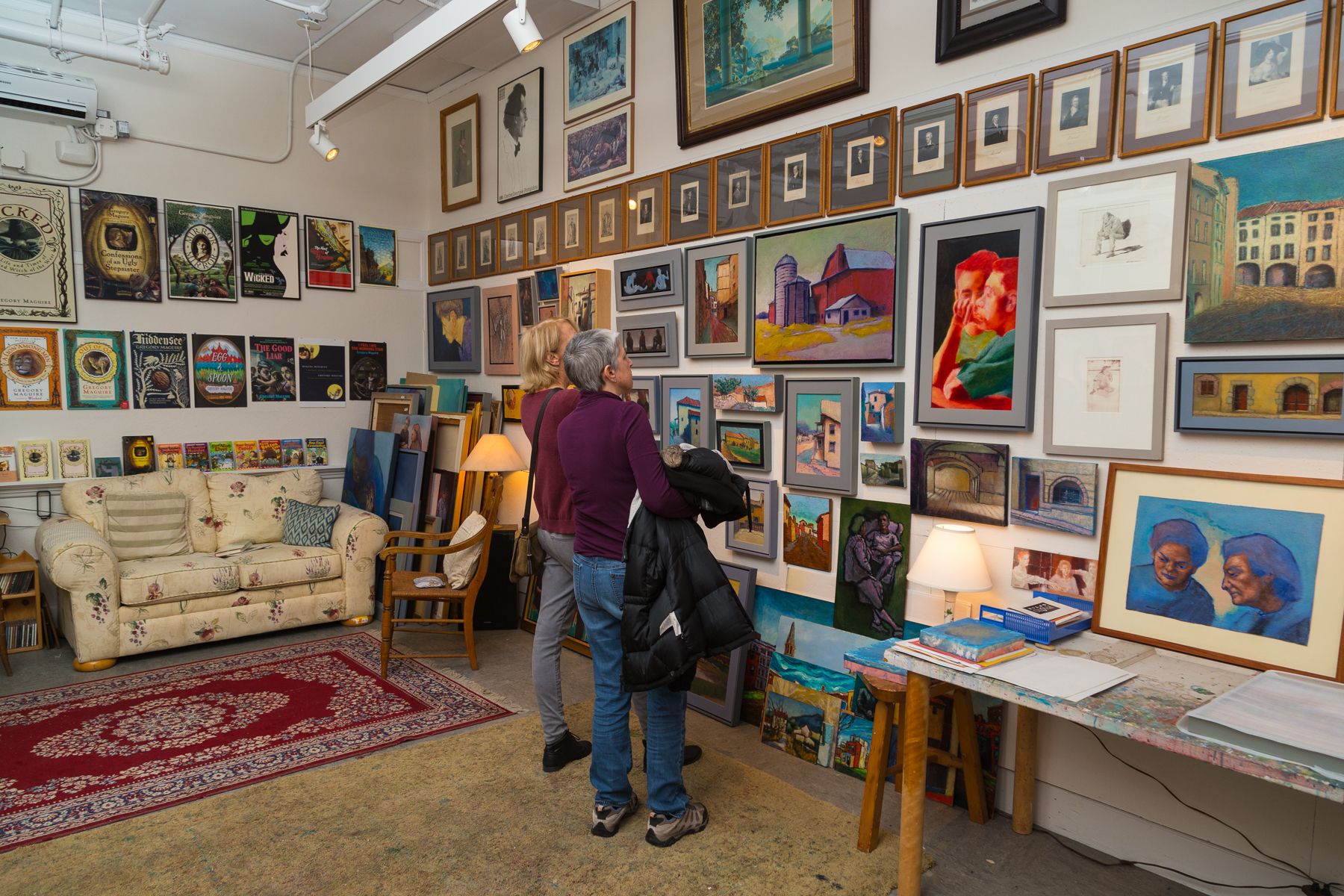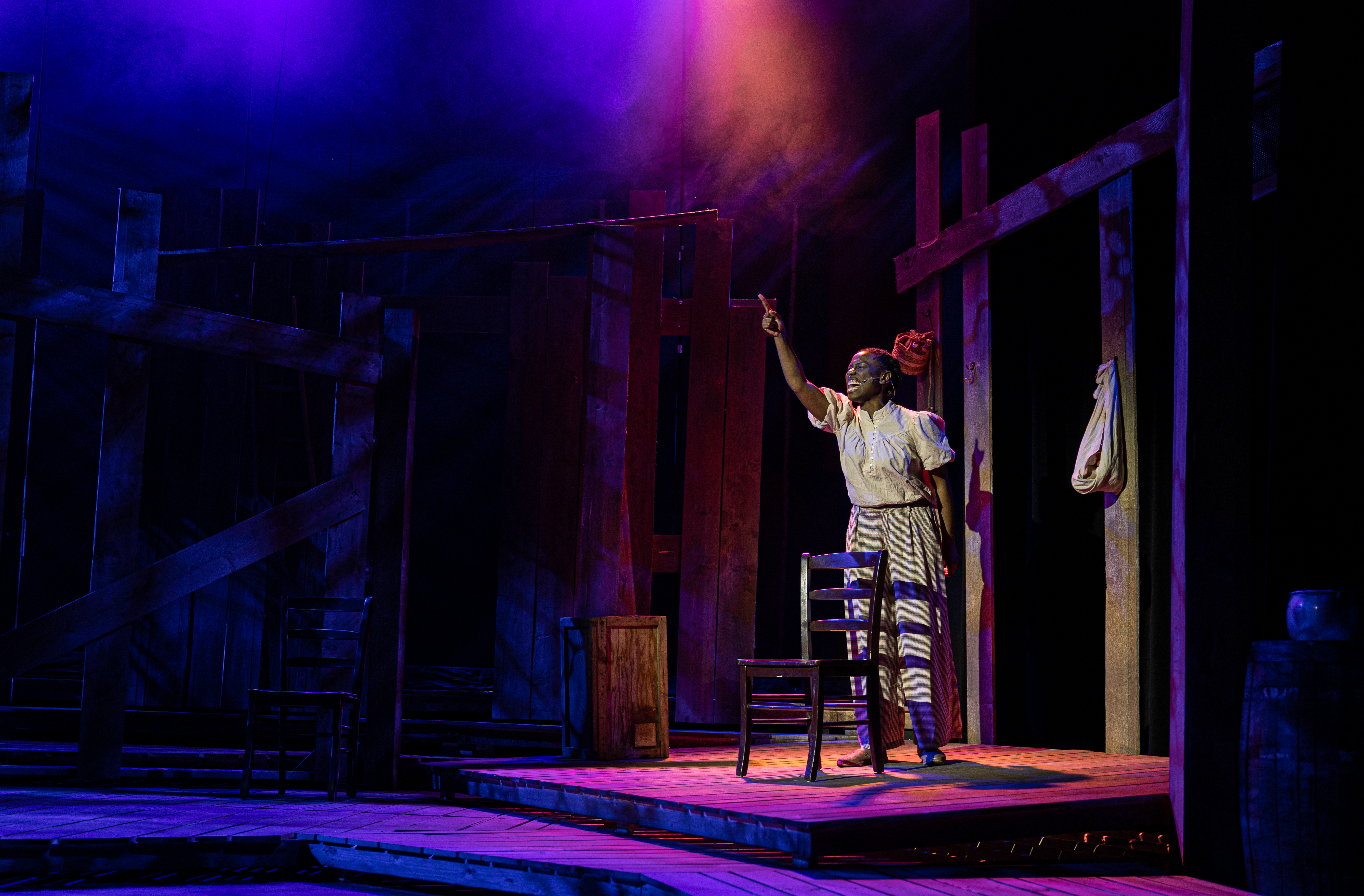Musketaquid Earth Day Feature: Geraldine Barney
April 18, 2017 by Admin

Written by Dan Kemp
Geraldine (Geri) Barney connects worlds. On Earth Day, April 22, the singer-songwriter will take part in the River Ceremony near the Old North Bridge, walk in the Musketaquid Earth Day parade and perform at the Arts and Environment Festival at The Umbrella.
Geri is a Navajo woman from Tohatchi, New Mexico, who has lived in Boston for the past twenty years, and whose songs express the difficulties and satisfactions of bridging two cultures.
As a Navajo, Geri is deeply grounded in both space and time. When you meet her, she introduces herself in the traditional Navajo way, stating her name but also identifying important matrilineal connections: “I come from the clan of the Red House, which is my mom’s mom’s mom’s mom’s mom’s clan and on to the first Red House woman. And I’m born for the Salt People, which is my dad’s clan—his mom’s mom’s mom’s mom’s mom’s clan. And then I announced my mom’s dad’s mom’s clan which is the Hairy Ones, and then my dad’s mom’s dad’s clan which is the Towering House People.”
Geri’s musical education began in high school where she played all the brass instruments and taught herself to play piano and guitar. She also taught herself to sing, and learned to play the Native American flute by studying for two years with a Native American master. And she started writing her own songs.
She attended art schools in Santa Fe and Kansas City. She spent a year back on the reservation working with children with disabilities, helped by drawing upon traditional Navajo ways of healing. Her education also gave her a desire to learn new things, and a taste for adventure. She wanted to build upon the newness, so she decided to see where she might go with her music. She came to Boston hoping to attend Berklee College of Music. While that proved too expensive, she stayed on in Boston, started working at Harvard, and has been here for twenty years.
Adapting to the eastern urban culture and landscape was far from easy. Her song Journey speaks about “being in another place and not having the sustenance of the four sacred mountains or the knowledge that I grew up with. Some of it is in me but it’s not there in the community.” Not sure how to deal with so many different cultures and different ethnicities, she appeals to her grandfather for guidance. He tells her to respect all beings with five fingers, to remember they share a common humanity, and above all to be in harmony with the earth. In hearing this advice, she hears not just her grandfather’s voice, but also the voices of the many generations before:
“They said when you walk upon this land,
You walk upon it in a good way,
And when you walk upon it in a good way,
Then everything will be beautiful,
And when everything is beautiful,
You are walking in your Beauty Way.”
Back in New Mexico, Geri was surrounded by people who shared this world view: “knowing what Beauty Way means, knowing what a good way means, knowing what respect means.” In Boston, she finds like-minded people at The North American Indian Center of Boston (NAICOB) in Jamaica Plain. As she learns more about the native peoples of the Massachusetts area, she finds more connection. They all express similar respect for the earth, “accepting themselves as a part of this whole cosmology and energy.” Geri works at the Harvard University Observatory and has found the University, especially the Harvard University Native American Program, to be a welcoming place.
Smithsonian Folkways has recorded her for the album Heartbeat: Voices of First Nations Women, where she performs her song “Glitter Nights,” and plays ‘Tsidii-Bird” on the Native American flute. In May, Geri’s music will be featured in a production of Cecelia Raker’s play La Llorona at the Boston Playwrights’ Theatre, Boston University.
Also a visual artist, Geri comes from a long line of weavers. Her initial print-making featured her interpretations of traditional Navajo rug patterns. Now, she creates more complex three-dimensional mixed-media works involving multiple layers, but retaining their connection to traditional Navajo design. She has used different types of printmaking “silkscreen, linoleum cut, etchings, callagraphs, but I mostly have been working in silkscreen and linoleum right now.” She does acrylic paintings of the Southwestern landscape as well as pen-and-ink portraits.
She is writing children’s books for her two young daughters. One is based on the summers she spent with her great aunt Caroline in the Chuska Mountains. Her great aunt was a weaver, and Geri and her cousins helped her gather her weaving materials: “shearing sheep, herding them every day so they could get something to eat and to live, then shearing them, and then drying out the wool, washing it, going out and picking the plants to dye the wool, dyeing it, and then drying it.” Her great aunt would spool the wool, and they would roll the wool into balls, help her string the loom, then she’d be ready to start weaving. Painting the book’s visuals brings her back into the landscape: ‘That’s where my grandfather grew up, that’s where I remember driving or walking those hills, or herding the sheep. So it brings a memory and it connects me home.” More than that, she connects two young girls growing up in Boston with traditional life and craft of previous generations in the mountains of New Mexico. And, through her music and art, she helps us make those connections as well.






